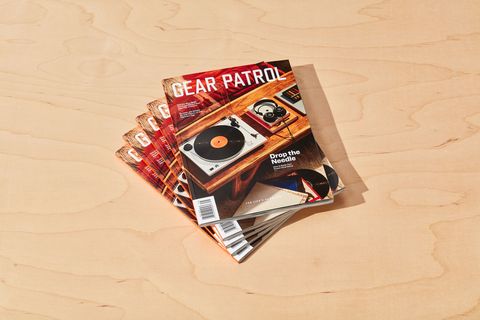You may consider your bar cart pretty well-stocked — gin, vodka, tequila, maybe even a few different whiskeys. But if you aren’t regularly reaching for Demerara rum, you’re missing out on one of mixology’s most beloved and unique spirits.
Demerara rum first came to the masses as the not-so-secret ingredient in classic recipes by the late Donn Beach (AKA Don the Beachcomber), who kicked off the mid-20th-century tiki craze with his inspired and complex blends of various rums, unusual juices, liqueurs and syrups. His line of Don the Beachcomber restaurants, established in the 1930s, was one of many factors that made tiki take off as a trend. But it wasn’t just the exoticism and escapism that reeled people in: it was the rum.
Where does Demerara Rum come from?
Demerara rum is a particularly unique spirit. Produced exclusively in the South American nation of Guyana, it’s made by a single distillery using stills that date back multiple centuries. On the banks of the Demerara River is where you’ll find the rather plainly named Demerara Distillers Limited (DDL), where all Demerara rum originates, whether labeled as the distillery’s in-house El Dorado
brand, or others like Lemon Hart, Pusser’s or Hamilton.
"DDL operates several stills that are unique among rum distillers," says Ed Hamilton, founder of the Ministry of Rum, a canonical online rum resource, the founding of which predates the turn of the millennium. "A wooden column still dates to the 19th century. Even older are the Versailles, a single wooden pot still, and the more complex Port Mourant double wooden pot still, both of which were built in the 18th century. Distillate from these, along with their 18th-century Savalle double copper column still, contribute rum profiles that are unique to DDL."
Hamilton would know. The so-called Minister of Rum is not just a scholar of the spirit. He also produces his own rum through his acclaimed Hamilton label, which has included acclaimed 86-proof and 151-proof Demerara variants.
But the ancient stills are not the only source of Demerara rum’s historical mystique and unique smoky taste. Just as Cuba’s climate and soil are uniquely suited to growing tobacco for cigars, Demerara’s are for sugarcane, and the character of the local crop lends the region’s namesake rum a particular and inimitable character.
"All of DDL’s rums are distilled from molasses made from locally grown sugarcane," Hamilton says. "A lot of other distillers claim locally grown sugarcane, but the difference with DDL is the low sulfur content of the soil and the high residual sugar content of the molasses made by the Guyana Sugar Corporation."
What does Demerara rum taste like?
"Demerara rums have the same high esters and heavy body of dark Jamaican rums, but Demeraras also have an added dimension of smoky, woody, briny richness," says Jeff “Beachbum” Berry, a cocktail historian and author who helped launch tiki’s modern revival with his books
unearthing long-lost recipes from tiki’s heyday, when celebrities like Frank Sinatra were downing Demerara-filled navy grog cocktails in extravagant tropical restaurants that looked like Hollywood movie sets. "No other kind of 'English-style' rum possesses these qualities, which makes Demerara rum the secret weapon of tropical mixology."
The deep appreciation for Demerara's uniqueness has inspired Berry to spread the word — and the spirit itself — however he can. In partnership with Hamilton, he’s worked on tiki-specific rum blends that contain Demerara because, at the end of the day, nothing else compares.
"When I was a kid watching pirate movies, this is how I imagined the rum they drank tasted," Berry says. "Gunpowder, ship’s wood and pitch, and sea spray and mutiny in a bottle."




















